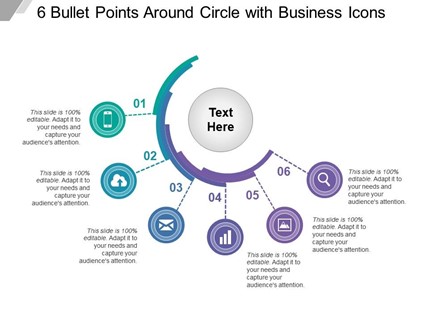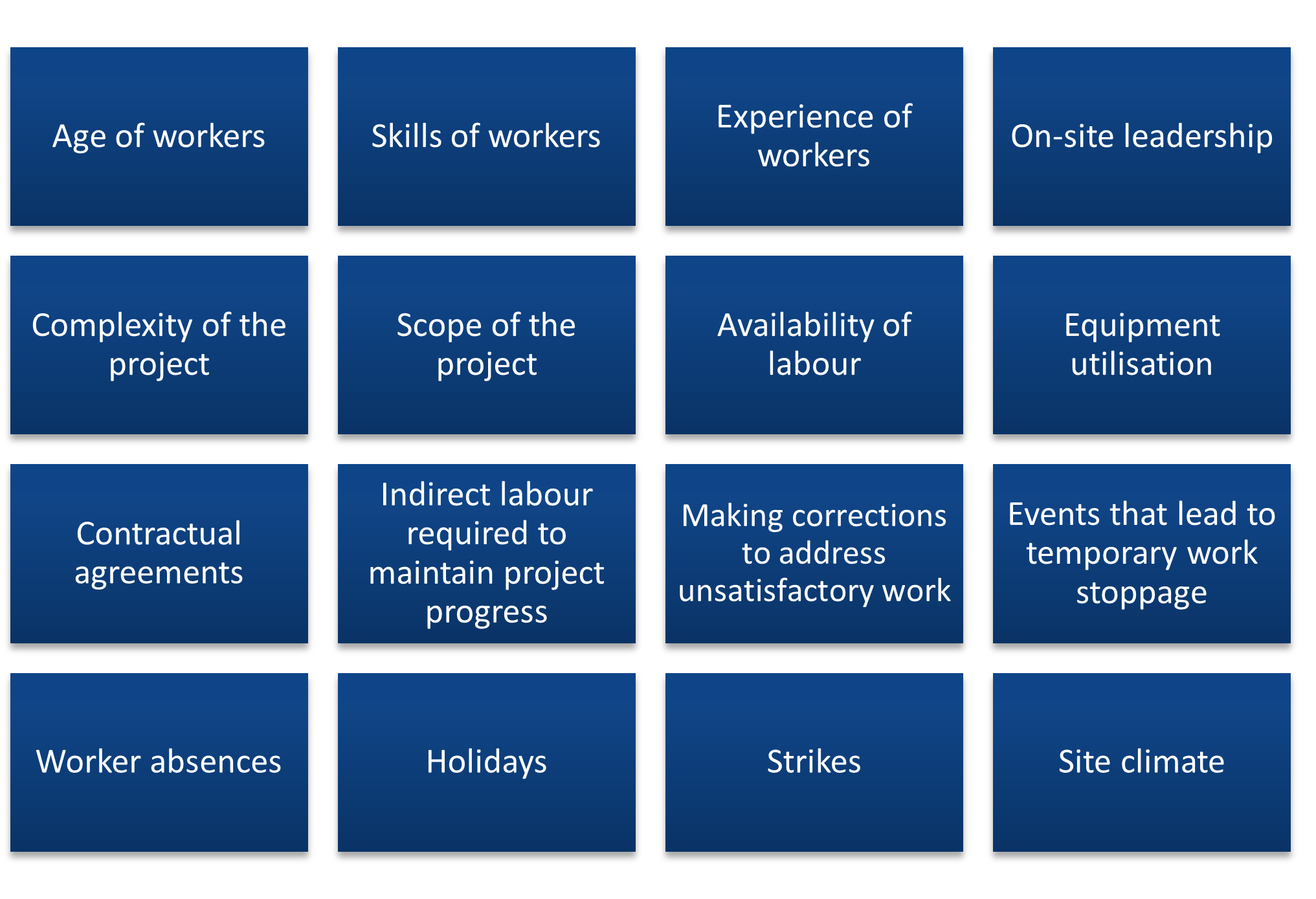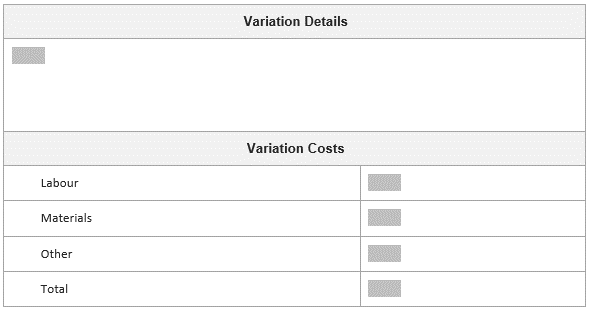Generally, all the costs that occur throughout the construction work are the construction costs itself. These include all costs associated with the build, purchase, or renovation and government fees. Usually, the construction cost is indicated in the project contract. However, even if the contract has a described fixed price, many project costs cannot be accurately predicted. These variations occur when the construction project is awarded prime cost sums and provisional sums, changes to works, claims for loss and expense, or inflations of prices. Monitoring these changes is essential to maintaining cost control throughout the project. These are where procedures for project control and record-keeping are necessary to indicate progress and detect problems.
Construction Project Costs
To effectively monitor all the costs that occur in the project, you must refer to the project’s estimated cost. This estimated cost was established before construction activities began on a project. The estimation may differ from the actual costs that were completed. By comparing the estimated cost and actual cost, a general conclusion can be made in determining whether the project is operating beyond budget or can cut costs. Exceeding the estimated cost is a clear indication that something must be done, and control financing measures should be tightened. Overspending in construction can happen due to several factors. Cost planning must be consistently in place to ensure enough funds to cover expenses.
To monitor a construction project's costs, you must know the kinds of expenses that a project incurs during the construction process. These project costs are the following:
Organisational and sub-contract labour
These are the labour costs incurred by the organisation for the time worked on the construction project. The minimum pay rates for employees in the building and construction industry are outlined in the provisions of the Building and Construction On-site Award [MA00020]. This is a legal document that applies to national system employers and their employees throughout Australia who are in the on-site building, engineering, and civil construction industry in the classifications within Schedule B of the award. You may view the exact terms of this industry award by clicking this link.
Organisation overheads
These are the indirect costs incurred by the organisation for running business operations. These costs are usually administrative. Overhead costs may include office rent, utilities, taxes, salaries of employees not working on the project, and other expenses that cannot be directly billed to a client.
Public liability, professional indemnity, and worker’s compensation
These are insurance costs that ensure the safety of the public and everyone involved in the construction project. Public liability cover damage claims by members of the public, customers, clients, and anyone involved in the project who are not employees of the organisation. Professional indemnity cover against intangible damage claims such as poor advice, unintentional copyright infringement, or financial loss due to faulty design. Worker’s compensation is a statutory form of insurance that an employer must provide its employees in cases of work-related injuries or diseases. Additional provisions on accident pay are specified by the Building and Construction On-site Award [MA00020]. You may view the exact terms of this industry award by clicking this link.
Temporary electrical, plumbing, and drainage services
These are costs incurred by the project due to the temporary provision of electricity, plumbing, and drainage at the construction site. Electrical services are required at the construction site for various reasons, including to operate the tools and equipment, to provide adequate lighting, to provide power for site offices or other facilities, and to provide power for site security equipment. Plumbing and drainage services are required for the proper function of some required site facilities.
Temporary site facilities, storage facilities, and boundary fencing
These are costs incurred by the project due to the provision and maintenance of site facilities, storage facilities, and boundary fencing as necessitated by building and construction regulations. Site facilities may include toilets, handwashing areas, eating areas, and drinking water facilities. For your construction project's specific site facilities, storage facilities, and boundary fencing requirements, refer to your jurisdiction’s work and health safety regulations.
Communications
These are costs incurred by the project for effective communication among people involved in the construction project. Method of communication in building and construction include emails, mobile phones, landline, site diaries, memoranda, or face-to-face verbal communication. Costs incurred due to the transmission of information is classified under communication costs.
Project administration
These are costs incurred by the project for overseeing, planning, and managing construction works and other aspects related to the completion of the construction project. This includes costs due to the coordination of documents from different departments or offices involved in the project, scheduling and facilitating meetings with various unit heads and contractors, and contributing to compliance with government requirements.
Project cost monitoring and control relies on construction plan information and the detailed cost estimate. When the current project cost is contained within the cost estimate, it is considered under financial control. For control and monitoring purposes, the cost estimate is usually converted into a project budget and used as a guide for management. The expenses that occur as the project progresses are then recorded in specific job cost accounts and compared to the original cost estimate in each category. A good indicator of possible problems would be the occurrence of overruns against a budget.
The management integrates cost planning throughout the project cycle to manage construction costs effectively. Cost plans may include the following information:
- Initial cost appraisal
- Elemental cost plans
- Approximate quantities cost plan
- Pre-tender estimates
- Contract sum
- Final account

Monitoring Construction Stage Progression Costs and Approved Variation Costs
Costs in a construction project are monitored in stages, determined by the breakdown you did in Subchapter 2.2. Construction stage progression costs refer to the expenses incurred by the project in each stage of the construction process as the construction happens. Construction stage progression costs are differentiated from the estimated project cost in that these are the actual costs incurred by the project as opposed to costs calculated from projections and estimations. Approved variation costs are incurred due to the approved variation of actual construction works from the specified construction works in the construction drawings and specification. Take note that these variations must be approved before they are carried out.
Your organisation may use financial or accounting software to monitor construction expenses. These tools are useful in assisting the management in analysing all the incurred costs. The primary application of these software allows the following functions:
- Sequence all the incurred expenses throughout the project
- Provide data in comparing actual cost to estimated cost
As pointed out, there is a possibility that actual costs exceed the estimated cost. There must be a clear understanding as to how the additional cost is covered for. Between the client and the builder or contractor, paying for the extra costs depends on who caused it and as agreed upon in a contract. Therefore, it is vital to be consistent in keeping track of the expenses made. Ideally, the management should only spend what they are expecting to pay. It is in the capability of the management to correctly predict the possibility of exceeding the estimated cost. Even if the increase in construction cost is due to the rise in material prices or caused by the client's changes, the management must have a definite approach to exceeding the estimated cost. Optimising the budget will directly influence the builder or contractor’s profit.
The project schedule reflects all the tasks needed to progress a construction project towards its completion. Completed work is compared to the schedule timeline to assess the efficiency of work. This comparison allows for an accurate analysis of the current development.
The process of managing and monitoring project progress may vary between organisations. When managing project progress, make sure to set expectations and objectives, so everyone on the project knows what they are working towards. It also helps to regularly check in on everyone’s progress towards the goals so any issues can be addressed as they come up. Be sure to access and review your organisation’s policies and procedure for managing and monitoring project progress. This process is typically done by holding meetings and asking workers in charge of particular construction works about their work's progress.
The progress of a project is influenced by labour productivity and the effective use of communication tools.
Labour Productivity
Labour productivity is the output per hour of labour, where the output may be expressed in terms of units of product or value of construction. The factors that affect labour productivity include:

As the project progresses, these factors must be considered in evaluating the efficiency of work. Different circumstances result in a variety of outcomes. Nevertheless, it is your responsibility to make sure that project progress remains on track.
On-site communications
The following methods of communication on building and construction sites are used as part of managing and monitoring project progress.
- Emails
- Face-to-face verbal communication
- Mobile telephones
- Fixed telephones
- Site diaries
- Written reports
- Memoranda
The method of communication used by an organisation will depend on its established policies and procedures. These policies and procedures are established in your organisation to ensure transparency, reliability, and uniformity of communications within the organisation. Make sure to access, review, and follow your organisation’s policies and procedure for monitoring and managing project progress.

Variations to the construction drawings and specifications may occur as the project progresses. These changes are almost inevitable; however, in most cases, these variations are done to benefit the project as a whole. When a variation is deemed necessary, the management must proceed with the changes procedurally. This formal approach in variations is an essential practice in the building and construction industry. For one, the documentation of the changes allows better analysis of the changes and, most importantly, permits the variations to be communicated between parties and mutually agreed upon.
Delays must also be recorded and communicated between parties as a delay in one part of the construction project may delay the construction project as a whole.
Variations and Changes to the Plan and Specifications
A variation is when a change must be made to what was previously agreed upon in the contract. An example of a variation is when a client requests a change to the design or for a different building material to be used. Variations can come up because of miscommunication, because the contract was misunderstood, or because the contract was signed without being thoroughly checked beforehand.
Recording Unscheduled and Approved Variations and Changes
Documenting variations typically depend on a procedure determined by your organisation. Be sure to access your organisation’s policies and procedure for recording variations and changes to approved plans and specifications. Typically, variations are explained in complete information providing all parties involved a detailed insight.
Below is a portion of a generic variation form template:

Additional expenses incurred due to a variation must also be accounted for. This is crucial in cost planning, as this can affect projected costs. The costs in labour, materials, and other expenses must be determined to document the variation. The resulting information can also be a basis if a variation is viable and what relative adjustments must be made to accommodate the added cost.
Recording Project Delays
Delays are still possible in a construction project despite intricate planning and scheduling. These delays may be due to delivery delays, variations, or other delays discussed in topic 3.5. Access and review your organisation’s policies and procedure for recording project delays.
| Narrative or other of the cause of delay | Emails documents communicating the delay | Reports | Photo documentation |
 |
 |
 |
 |
Documentation provides the necessary information about a delay and is communicated across concerned personnel. Depending on the organisation, other forms of documentation or reporting can be used to record delays. Finally, documentation of the delay will serve as a formal record of the event for purposes it may serve.

The forefront of project management is dealing with various problems throughout the construction project. The project manager will be capable of dealing with these issues with a sufficient understanding of responsibilities. Monitoring the project's progress involves collaborating and evaluating employees inherent with an obligation of the duties to the community and the people around the worksite.
The estimated cost must consistently be analysed compared to a project’s current expenses. Cost analysis ultimately predicts the efficiency of budget management and the profitability of a project.
Scope of Responsibilities of a Project Scheduler
A project scheduler in building and construction is responsible for creating, maintaining, and coordinating the timeline of tasks required to finish a construction project. The role of project scheduler may be imposed on the following workers in a construction project:
- Site manager
- Foreperson
- Estimator
- Project manager
- Builder

Your responsibility as the person in charge of labour and material schedules is to ensure that the construction project is completed within the allotted timeframe and budget. The scope of your duties includes following up on delays with suppliers and contractors and making sure that all costs incurred are recorded and monitored. If the project encounters any issues that affect the timely delivery of a construction project, it is your responsibility to resolve these issues.
Resolving Issues that Affect Project Schedules
As the person in charge of maintaining and coordinating the project schedule, it is your responsibility to resolve issues that may affect the construction project's progress. This responsibility includes supplier issues regarding the delivery of building materials and equipment and human resource issues regarding expected labour delivery.
Construction work is an intricate process that requires the communication and cooperation of multiple stakeholders. The complexity of the work makes conflicts and disputes a common occurrence in the construction process. Disagreements between numerous parties such as general contractors, owners, architects, and subcontractors can happen because of varying opinions and interpretations on how tasks are approached and executed.
Other construction disputes may arise from:
- Unanticipated construction site conditions
- Misunderstanding in contract agreements
- Compensation disputes
- Fundamental changes in the contract
Unresolved conflicts can jeopardise the goals of the construction project immensely. The mounting pressure from meeting schedules on time means that these conflicts should be dealt with quickly and adequately to keep the project moving. The initial step to resolve disputes on the construction site is to acknowledge the existence of the problem. It might seem better to allow the parties to resolve the conflict themselves and hope for the best. However, without appropriate mediation, these conflicts may become even worse. Investigating the source of the problem would be the best approach to come up with a solution. Equally, listening to all sides of the issue will allow you to understand the situation better yourself. It is essential to negotiate with everyone directly involved with the problem and channel their concerns for clarification. Aim to find a compromise that would satisfy all parties.
A conflict can certainly escalate into a heated discussion. Opposing parties, most of the time, feel strongly about their opinions and ideas. Encourage a moderated atmosphere that would allow a calm setting for a meeting intended to formulate the best solution beneficial not only to the groups involved but also to complete the project successfully.
Methods to Prevent Construction Conflicts and Disputes
Prepare and apply preventive measures.
During the planning stage itself, it is beneficial to identify the aspects of the project susceptible to dispute. Having to pinpoint these cases before they occur will allow the formulation of steps to resolve them. It is recommended to give extended attention to deadlines and budgets as these areas are usually the cause of dispute. Recognising these potential problems and effectively preparing for them will give you an advantage.
Plan an internal conflict management procedure.
Having an established internal management process allows for the quick and successful identification and mitigation of construction disputes. This may include a collection of relevant information to detect disputes proceed with resolutions. Forming a project management procedure also applies to deadlines, contracts changes, and risks as these procedures give solutions a concise objective.
Use an effective negotiating style.
The ideal approach in negotiating disputes with the involved parties is by effective collaboration. Negotiation style means that the problem is dealt with by identifying issues, exchanging information, and a mutual agreement to find the best solution. If direct answers to disputes are not apparent or do not satisfy all angles of the problem, a compromise style of negotiation should be done.
Understand legal conflict resolution methods.
The project contract provisions should be transparent to all stakeholders. Making sure everyone clearly understands the agreements in the contract is already an important step to prevent disputes. However, it should be understood that parties have the right to arbitration of an argument or claim, or in some cases, taken to court. These instances require an arbitrator or a judge to settle the case. These can, however, take months or even years until a decision is made.
Use alternative dispute resolution methods.
As much as possible, disputes that have not been resolved can resort to alternative dispute resolution (ADR) methods. These are known as out-of-court settlements that open the problem to more effective solutions.
Cost Analysis Report
A cost analysis in construction is a critical process of accurately identifying where the project uses its budget and resources. This comprehensive breakdown of all cost determines whether or not the budget is being spent well. This breakdown is essential in the construction industry as projects require an understanding of costs and margin vital for their profitability.
Cost analysis focuses on identifying which parts of the project are not accounted for efficiently. The process can be approached in two ways. First is to project or estimate, and the second is to analysis previous costs. A building construction costs analysis conducts backward or historical cost analysis. The costs are broken down into categories like labour costs and material costs. Using available cost data, the company will then compare the cost analysis results to the estimated cost. The results can be used in a variety of applications, such as discussing achievements or discrepancies of costing. Being able to compartmentalise cost components is essential to produce a detailed and useful cost analysis. The process will identify areas of profit and cost wherein the data can be integrated and applied throughout a current or future project. Companies use different mediums to analyse cost.
Below is part of a generic cost analysis report template.

In the generic report template above, costs are classified under labour and material costs. These costs are then further specified in the template (i.e. superannuation, payroll, leaves, training, and development costs for labour costs). During cost analysis, discrepancies in each category are identified and evaluated to understand an issue better.

